Last Updated on July 19, 2022
[酢飯]
Sumeshi (Vinegared Sushi Rice) recipe is prepared very simple with minimal ingredients yet it’s authentically Japanese and perfect for making great vegan sushi! If you’re looking for super tasty multipurpose vinegared sushi rice for nigiri, roll and bowl. Look no further! With my Sumeshi (Vinegared Sushi Rice) recipe, your sushi creations will taste more authentic than you’ve ever made, guaranteed!
What’s Sumeshi (Vinegared Sushi Rice)?
Overview
Sumeshi [酢飯] is a Japanese word literally means vinegared rice — Su [酢 (vinegar)] + Meshi [飯 (rice).]
It’s an essential element for making any type of sushi. As the word implies, sumeshi is seasoned with rice vinegar but that’s not all that goes into it. The seasoned rice vinegar, called Sushizu [すし酢] which translates as “sushi vinegar”, makes proper sumeshi.
Not to mention, the choice of rice is just as important which will determine the quality and overall taste of the finished sushi (see the section “Choice of Rice” below.)
To make great sumeshi (vinegared sushi rice), you will need to have two important components:
- Perfectly prepared Sushizu (seasoned rice vinegar mixture)
- Authentic Japanese rice
Let’s get into more details.
Sushizu
Sushizu is a Japanese word for “seasoned rice vinegar mixture.” — Sushi [寿司] + Zu (Su) [酢.]
It’s a blend of the three simple ingredients:
- Rice Vinegar
- Sugar
- Salt
The mixture has a good balance of acidity, sweetness, and saltiness that is crucial for making sushi. To make authentic tasting sumeshi (vinegared sushi rice), you definitely wouldn’t want to skip any of the three ingredients. I wouldn’t substitute with similar ingredients, either.
Good news is that you can make sushizu ahead of time or make a large batch and store in a clean container and keep in the fridge!
Choice of Rice
If you live in Asian-population-densed cities, it may be easy for you to find authentic Japanese rice from Japan. There are some Asian grocery stores in where I live but none of them carry the quality rice that I’m looking for. No compromise here.
Luckily, global online shopping made it possible to find good Japanese rice with one click.
My go-to online store is the rice factory New York. They have extensive selections of authentic Japanese rice of any kind; koshihikari, sasanishiki and everything else. I personally like koshihikari rice in general, which is what I use for everything from making plain cooked rice, sushi, fried rice etc..
No matter what your preference is, you just can’t go wrong with any rice from the rice factory New York (not sponsored.) If you live in the U.S., I highly recommend you to check them out.
“Sushi Rice” Trivia
In the US, I always find it odd to see the words “Sushi Rice” on packages of uncooked rice. Here is why.
I was confused at first because “sushi rice” = “sumeshi”, “sumeshi = “seasoned or vinegared rice.”…so how would that even be possible to have sushi rice in the state of uncooked rice?
Eventually, I figured when it says “sushi rice” in English, it means short grain starchy rice that’s suitable for making sumeshi (sushi rice.)
Don’t even get me into a discussion about the quality of those kinds of pretentious “sushi rice.” Honestly, I admit I’ve never tried them but I have no desire to. Why?
Because just by looking at each grain of those rice, I can definitely see the the color is off, the shape of the grain is completely different from what I know as authentic Japanese rice to make sushi rice.
You may say I’m very picky…Yes, I am. Because, I’m Japanese — the rice is our culture and it’s in our blood.
Therefore, you’d want to use the REAL JAPANESE RICE to make proper sushi rice, sumeshi!
Why Making The Sumeshi (Vinegared Sushi Rice)?
We all love sushi but you may think the toppings and other components make sushi tasty, you may want to think twice!
Actually, good sushi cannot be complete without properly cooked & seasoned sumeshi or sushi rice. Once you have good sumeshi as a tasty vessel, you can be creative with the main component & the toppings to go with.
Now, that you know all about making a good sumeshi (vinegared sushi rice)!
Be sure to check out the “Step-by-Step Instructions (w/ Photos)” after the Printable Recipe!
Sumeshi (Vinegared Sushi Rice)
Ingredients
Sushizu (Seasoned Rice Vinegar Mixture)
- 3 tbsp rice vinegar
- 1 1/2 tbsp sugar
- 2 1/2 tsp salt
Cooking Rice
- 1 1/2 cups uncooked white Japanese rice starchy short grain rice
- 1 1/2 cups water
- 0.3 oz dried kombu sheet optional but highly recommended
Instructions
- First, prepare sushizu (seasoned vinegar mixture.) In a prep bowl, combine rice vinegar, sugar and salt. Whisk together until well blended. Set it aside. You may see the sugar and salt are not quite dissolved yet. However, it should be all dissolved once sushizu is mixed with hot cooked rice later.Alternative: You may cook the sushizu mixture on the stove on medium heat just until the sugar and salt are dissolved. Remove from the heat and let it cool down until rice is done.
- Next, cook the rice. First, rinse the rice. To do so, place rice in a large bowl. At the sink, pour water to cover the rice. Rinse it with your hand moving in circular motion then quickly discard the water. Repeat the process for 5 to 6 times until water becomes clear. Drain well.
- Transfer the rice to a pot with a heavy lid or something similar. Pour purified water and make the rice leveled. Place kombu sheet on top of the rice (submerge in the water) and cover with the lid.Alternative: You can also cook the rice in your own rice cooker by using the same amount of each ingredient. If you use the rice cooker, skip Step 4 and go to Step 5.
- Cook the rice on slightly lower than medium high heat. In about 10-15 minutes, it will be at almost boiling (you will see the bubbles.) At this point, open the lid and use a rice paddle to give a gently scrape at the bottom of the pot just so that the rice won’t stick to the bottom. Make the rice leveled once again then put the lid back on. Reduce the heat to low and continue to simmer for 10 minutes. After the 10 minutes, turn off the stove. Keep the lid on and let it stand for 10 minutes.
- Remove the kombu sheet and transfer the cooked rice to a large shallow bowl (preferably wooden sushi bucket for soaking up excess moisture.) Add the sushizu and mix with a rice paddle. To do so, move in gentle cutting motions. While mixing, use a fan to let the rice cool down until ever so slightly warm like your body temperature. Sushi rice tastes better when it is not completely cold.
- Now, the rice is ready for making any style of sushi of your choice: nigiri, roll, chirashi-style bowl etc.
Notes
Sushizu (Seasoned Rice Vinegar Mixture)
- Sushizu is a mixture of rice vinegar, sugar and salt. It seasons the rice perfectly for making any type of sushi.
- For the authentic taste, I’d not recommend skipping some ingredients or using any substitute.
- I use organic rice vinegar, organic cane sugar, and Japanese sea salt (arashio.)
- For your convenience, you can make sushizu in larger amount and keep in a clean airtight container and store in the fridge. Use as needed.
- Optionally, use a store-bought seasoned sushi rice vinegar mix.
- You could adjust the amount of each ingredient in sushizu to suit your palate.
Choice of Rice
- Choosing the rice kind of rice is crucial for making authentically Japanese sushi. Use REAL Japanese rice for this recipe!
- Koshihikari rice is recommended for the firmer texture that works well for sushi.
- I use organic koshihikari rice from the rice factory New York.
- You may find rice labeled as “sushi rice” at your typical grocery stores. However, they are typically far from authentic Japanese rice so I would NOT recommend them.
Cooking Rice
- 1 1/2 cup / 300 g uncooked Japanese rice is equivalent to 2 cups (2合) in the Japanese rice measuring cup that comes with most Japanese rice cookers (like zojirushi brand rice cooker.) The cook time is typically longer when you use a rice cooker.
- You can use the same amount of ingredients for using a rice cooker.
- You may realize that the amount of water is less than when preparing typical Japanese rice. Since sushizu (seasoned rice vinegar mixture) will be added later, rice should be cooked a bit firmer to start with.
Leftover Sushi Rice
- You may have some leftover rice which you can store in the refrigerator.
- Like any leftover rice, leftover sumeshi will harden especially in the fridge so store in airtight container and consume within 1-2 days.
- Optionally, you could make fried rice using sumeshi (yes, it will taste slightly sweet & vinegary.)
Step-by-Step Instructions (w/ Photos)
1. First, prepare sushizu (seasoned vinegar mixture.) In a prep bowl, combine rice vinegar, sugar and salt. Whisk together until well blended. Set it aside. You may see the sugar and salt are not quite dissolved yet. However, it should be all dissolved once sushizu is mixed with hot cooked rice later.
Alternative: You may cook the sushizu mixture on the stove on medium heat just until the sugar and salt are dissolved. Remove from the heat and let it cool down until rice is done.
2. Next, cook the Rice. First, rinse the rice. To do so, place rice in a large bowl.
At the sink, pour water to cover the rice. Rinse it with your hand moving in circular motion then quickly discard the water. Repeat the process for 5 to 6 times until water becomes clear. Drain well.
3. Transfer the rice to a pot with a heavy lid or something similar. Pour purified water and make the rice leveled. Place kombu sheet on top of the rice (submerge in the water) and cover with the lid.
Alternative: You can also cook the rice in your own rice cooker by using the same amount of each ingredient. If you use the rice cooker, skip Step 4 and go to Step 5.
4. Cook the rice on slightly lower than medium high heat. In about 10-15 minutes, it will be at almost boiling (you will see the bubbles.) At this point, open the lid and use a rice paddle to give a gently scrape at the bottom of the pot just so that the rice won’t stick to the bottom. Make the rice leveled once again then put the lid back on. Reduce the heat to low and continue to simmer for 10 minutes. After the 10 minutes, turn off the stove. Keep the lid on and let it stand for 10 minutes.
5. Remove the kombu sheet and transfer the cooked rice to a large shallow bowl (preferably wooden sushi bucket for soaking up excess moisture.)
Add the sushizu and mix with a rice paddle. To do so, move in gentle cutting motions. While mixing, use a fan to let the rice cool down until ever so slightly warm like your body temperature. Sushi rice tastes better when it is not completely cold.
6. Now, the rice is ready for making any style of sushi of your choice: nigiri, roll, chirashi-style bowl etc.
If you enjoy the recipe, please share, leave a comment below and tag us @plantbased_matters on Instagram! We appreciate your kind support 🙂
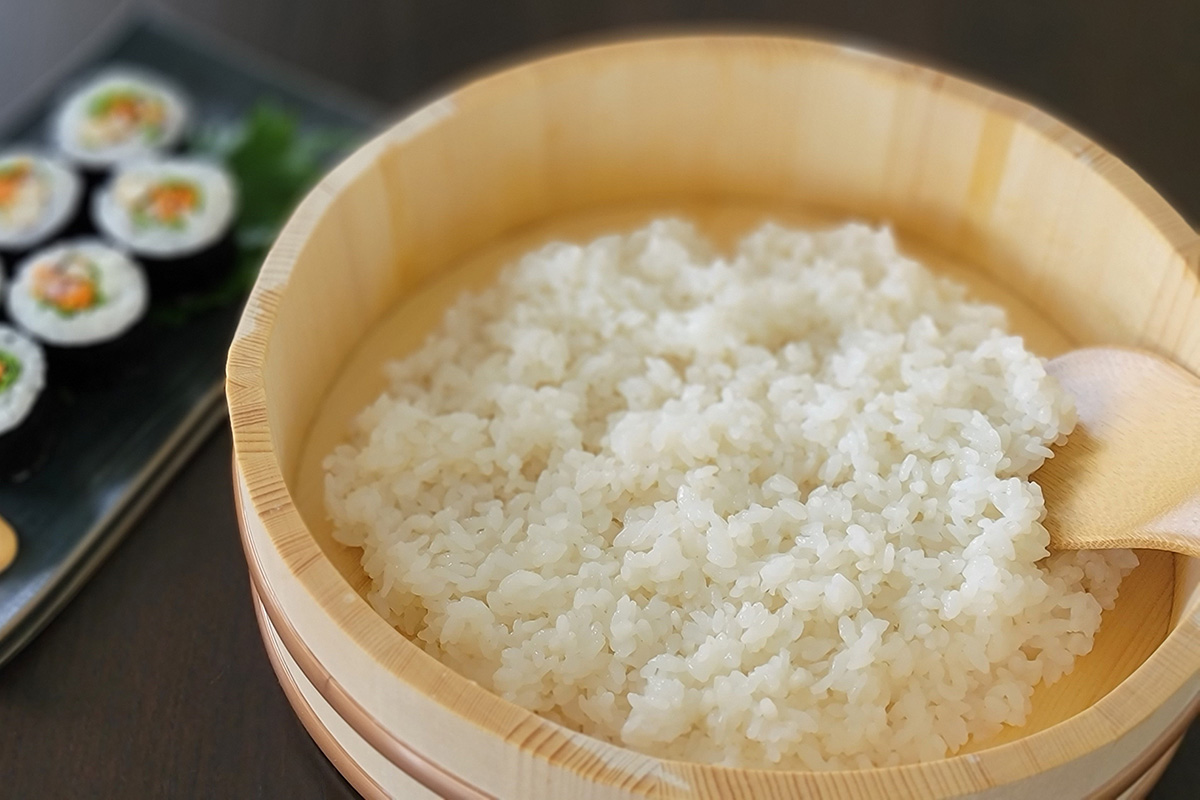
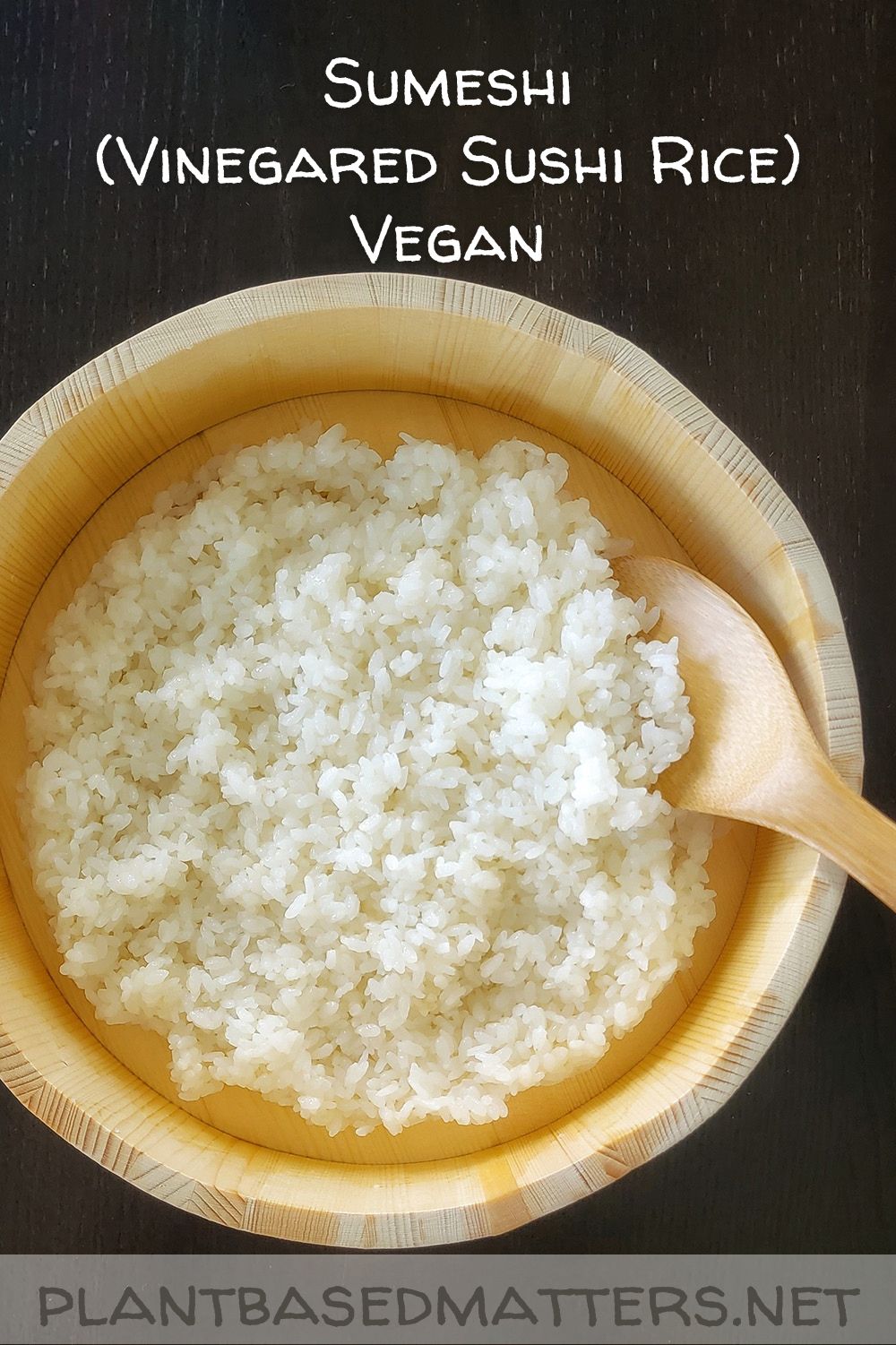
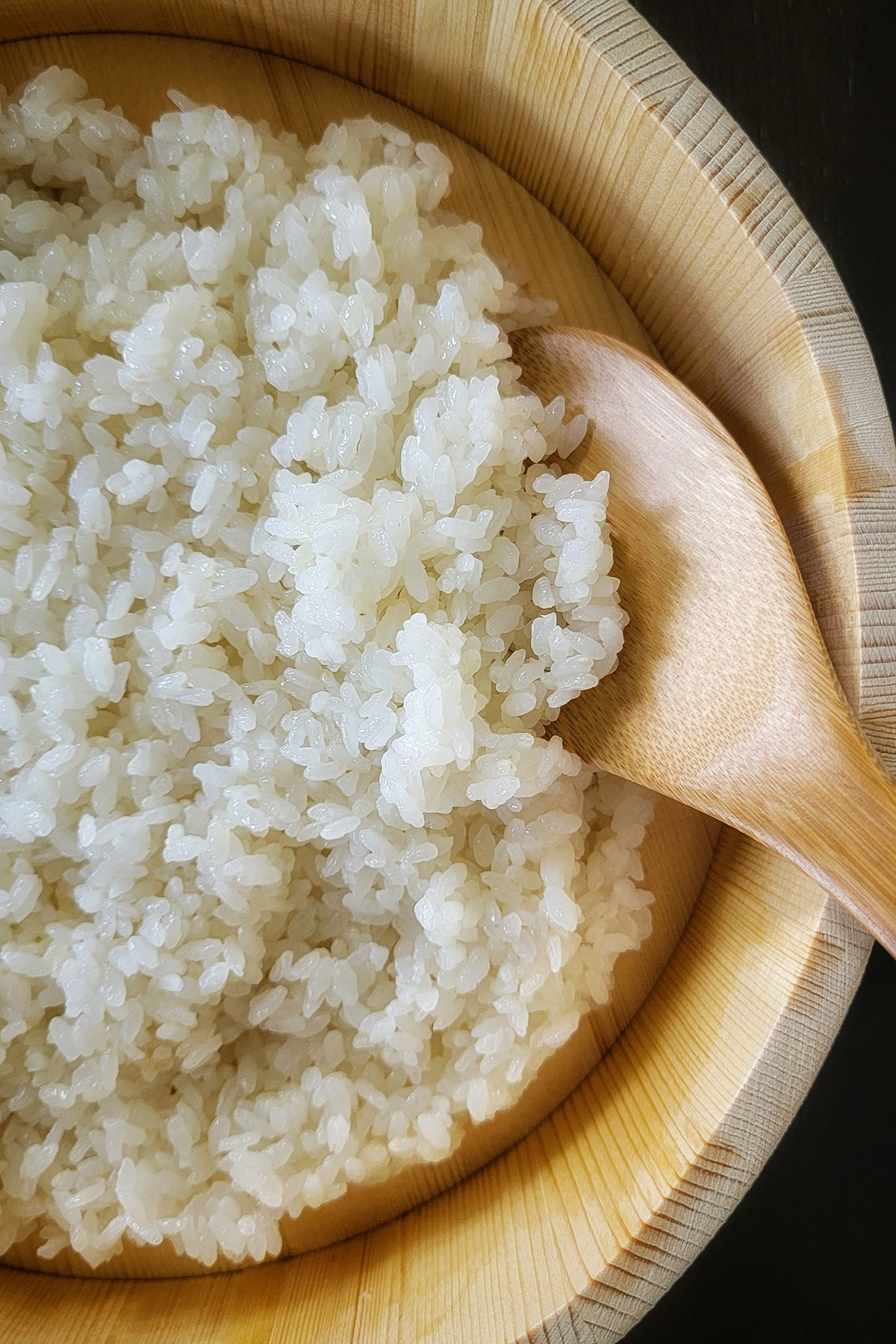

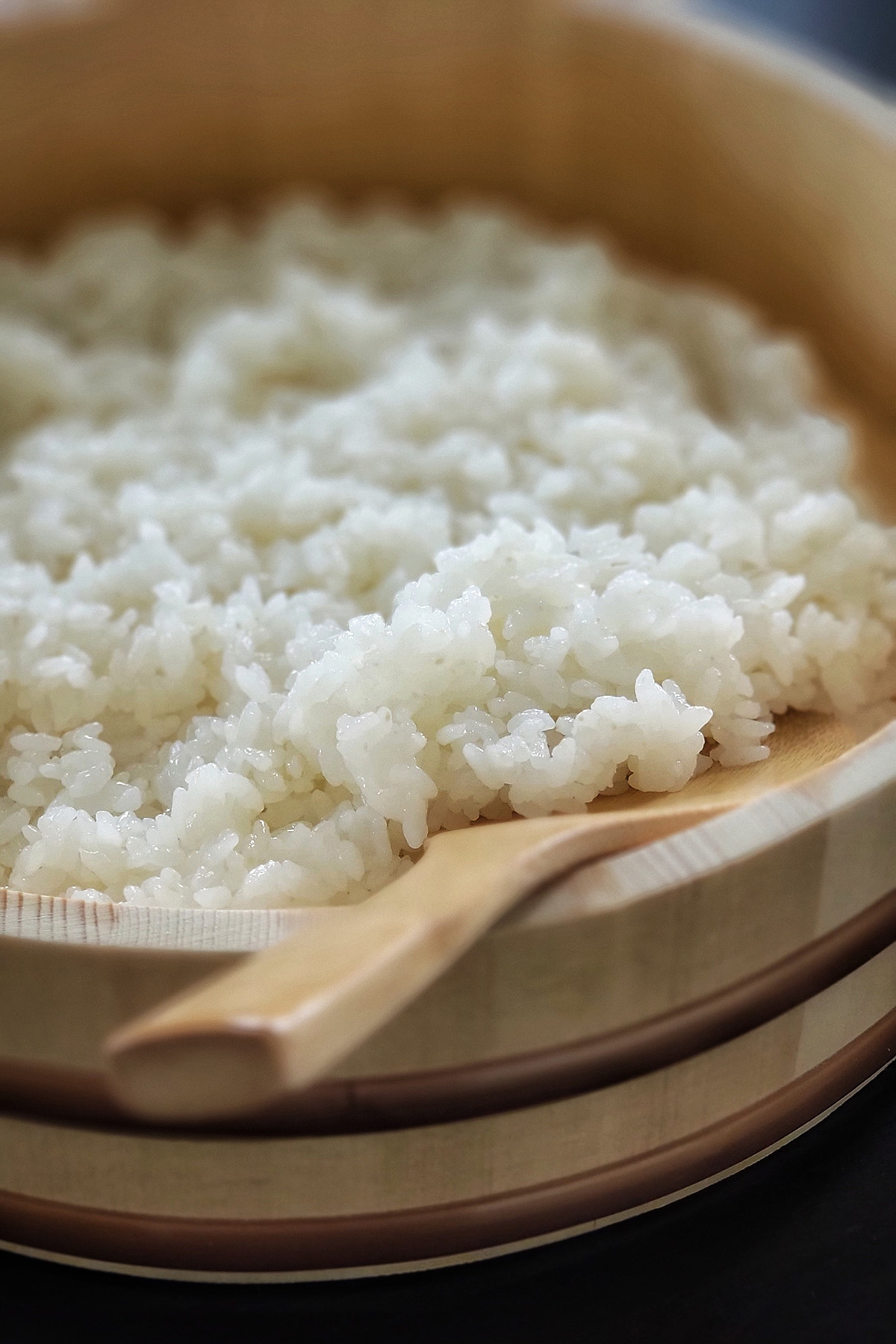
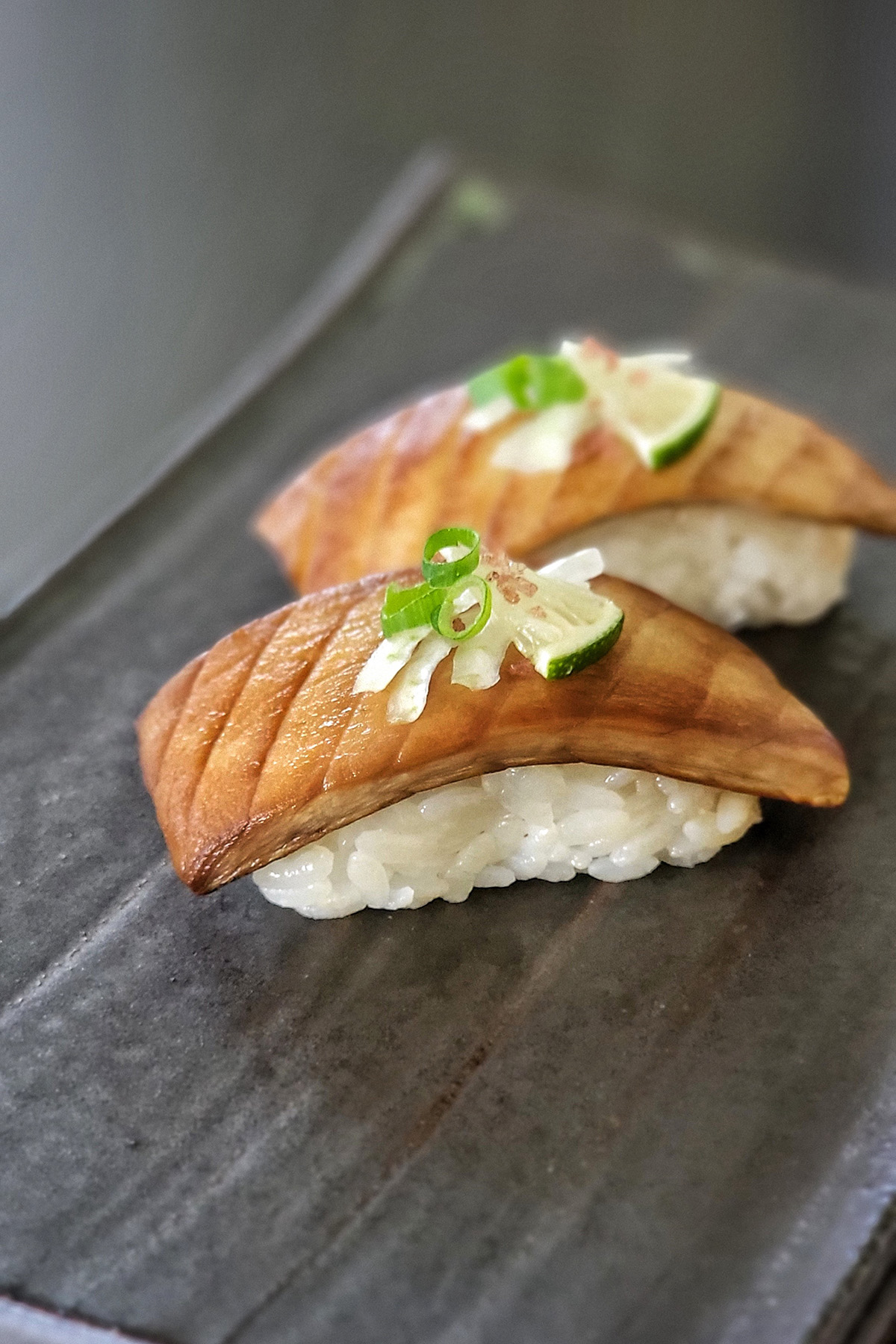
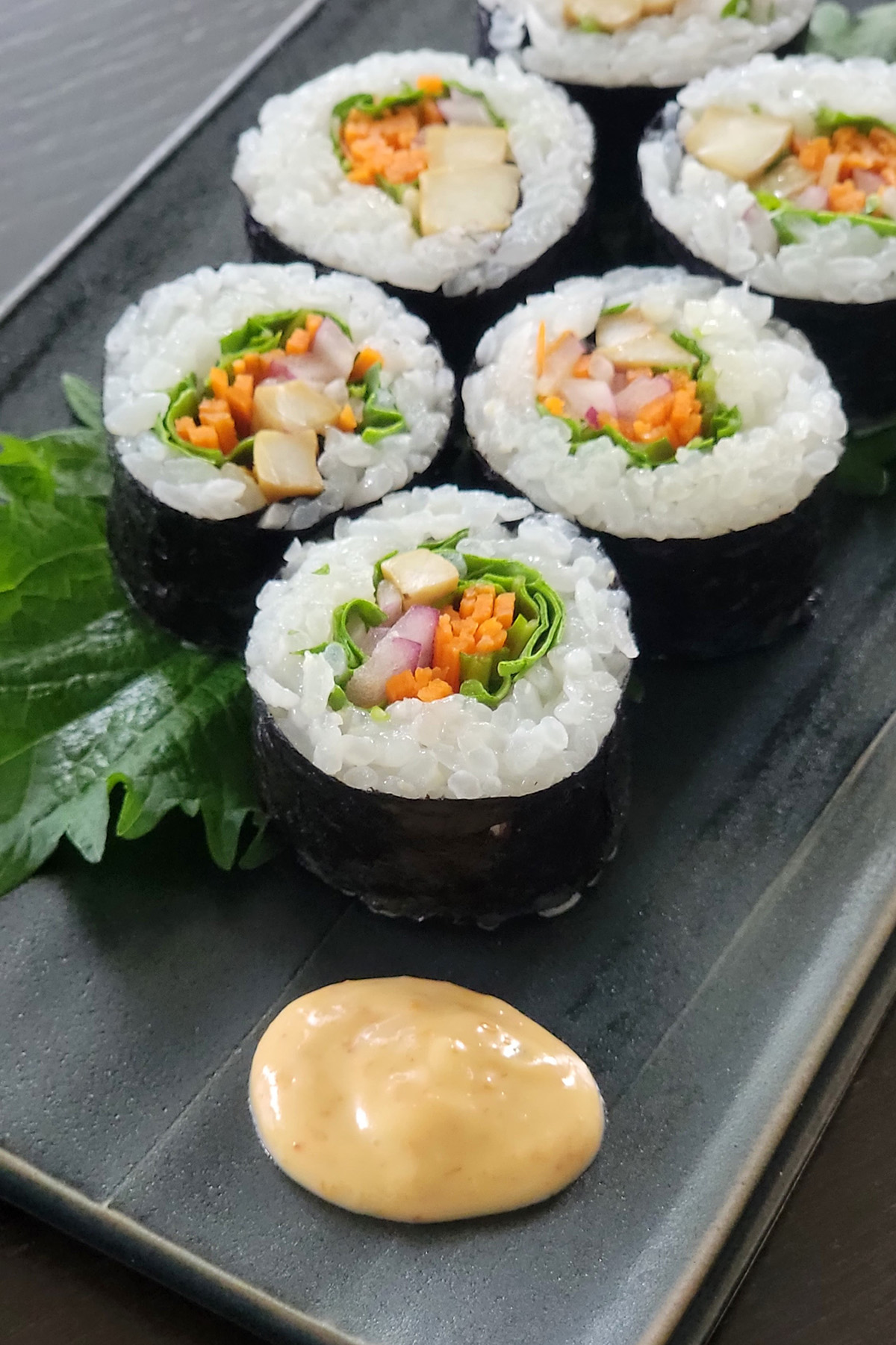
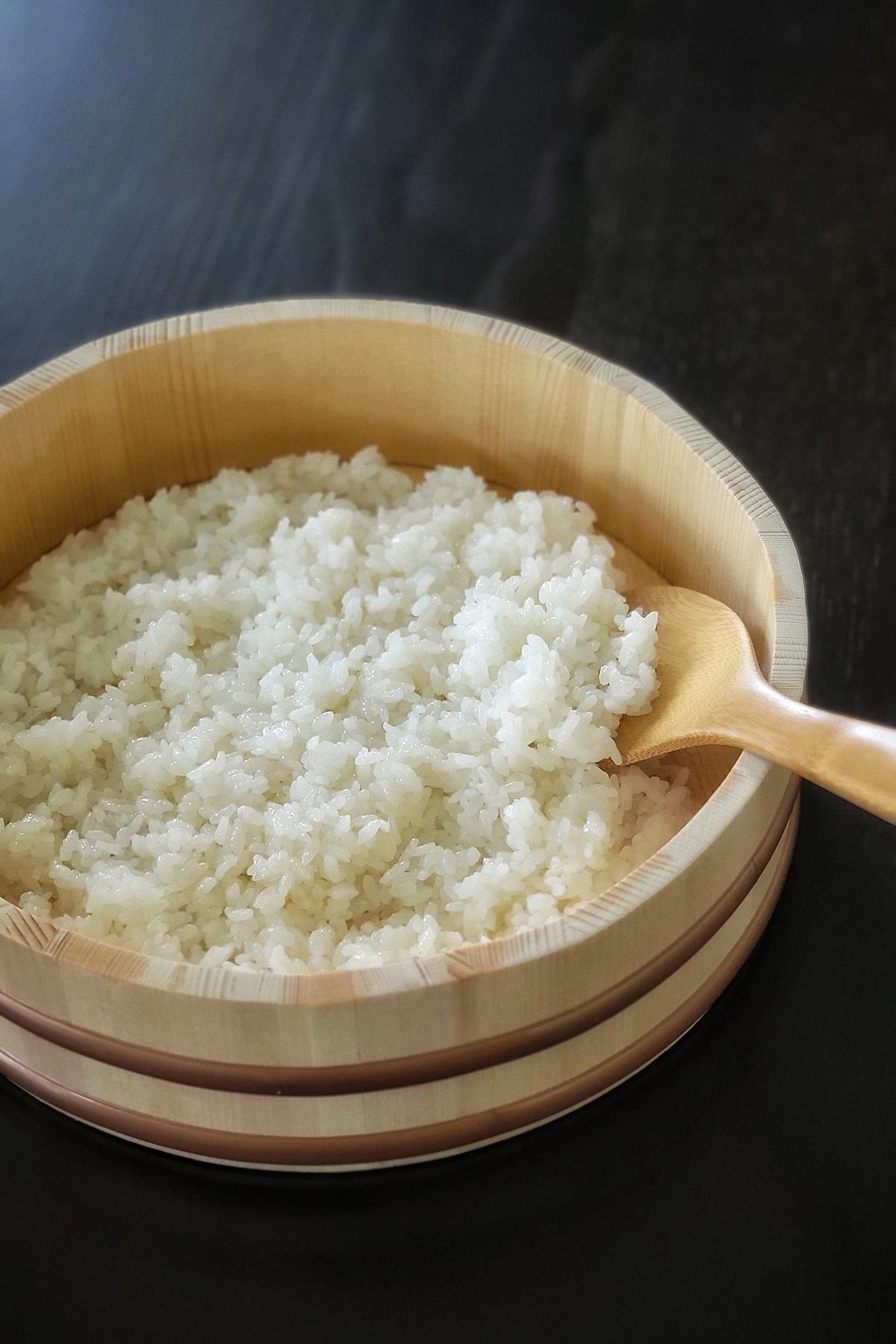
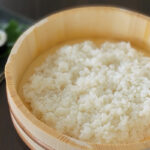
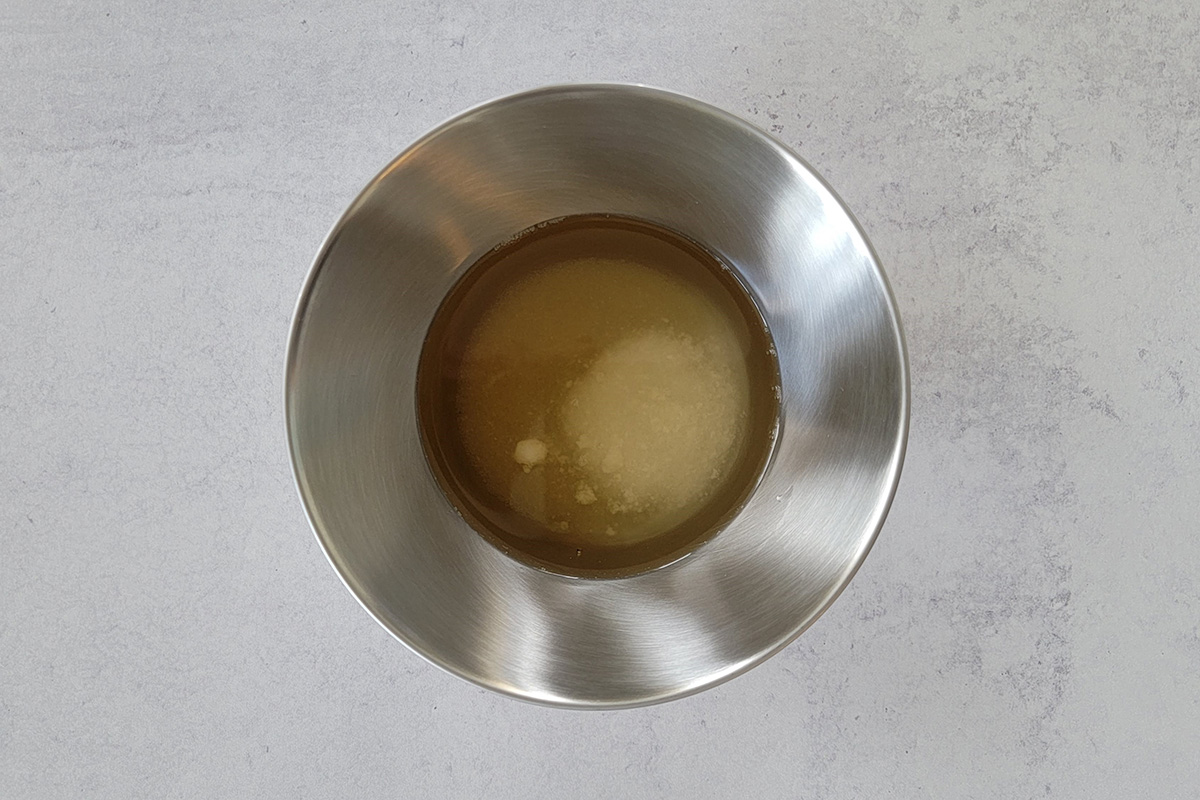
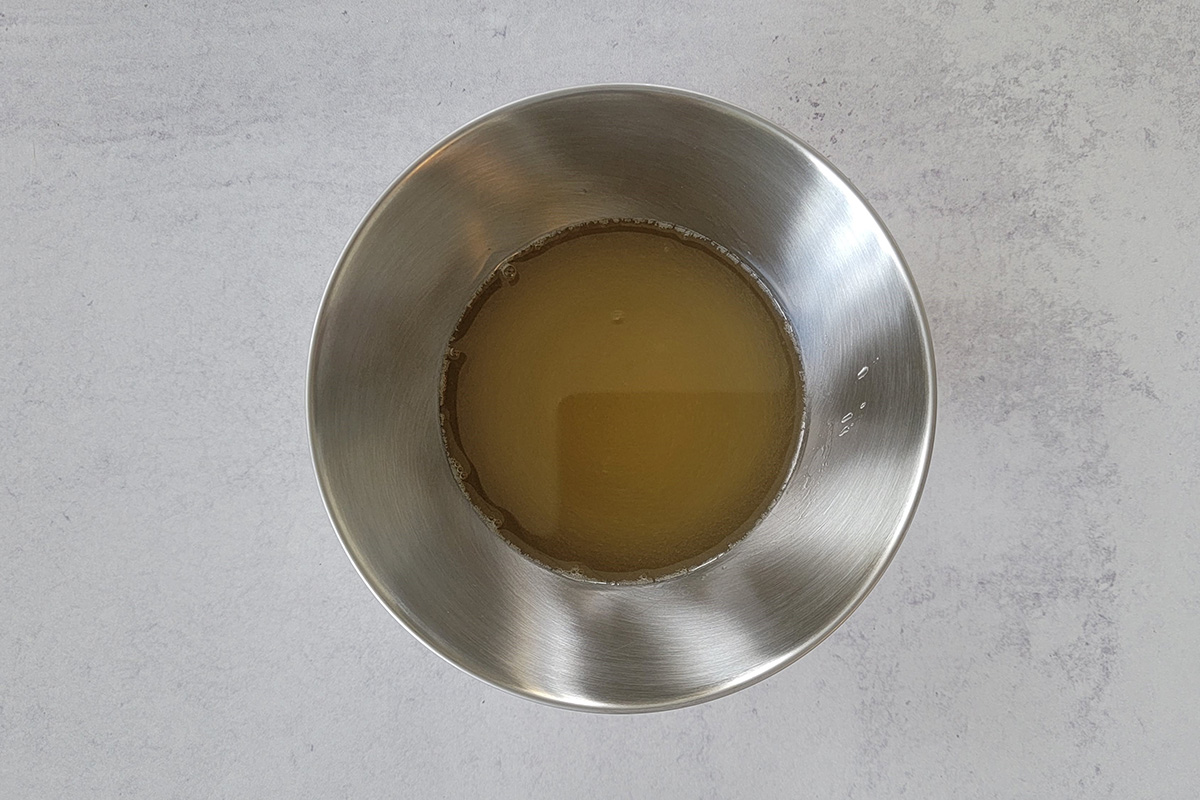
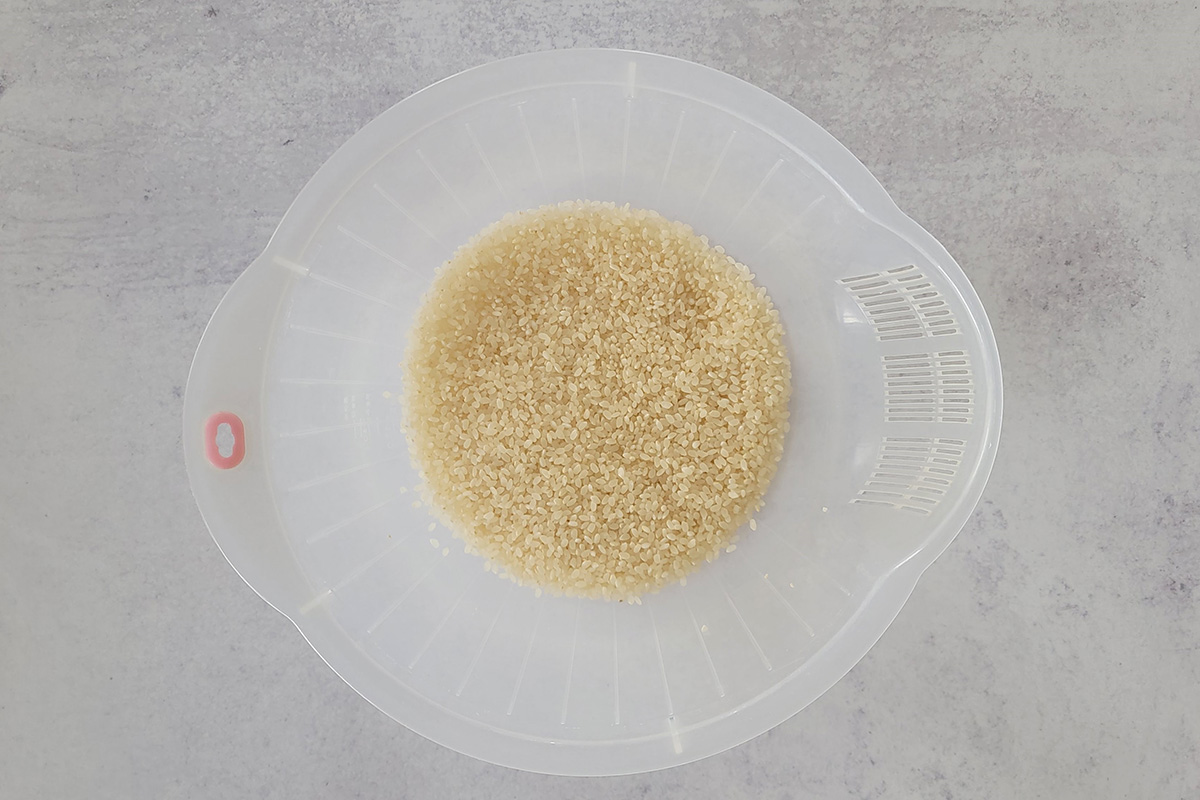
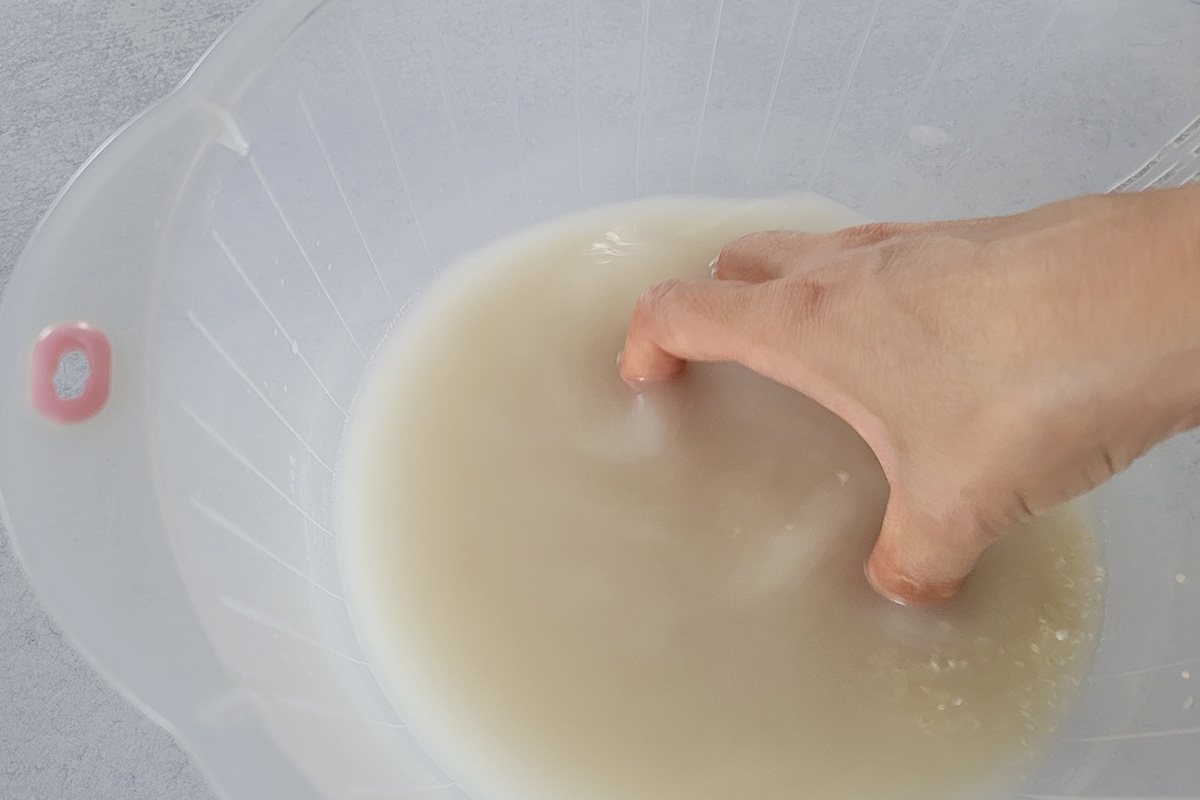
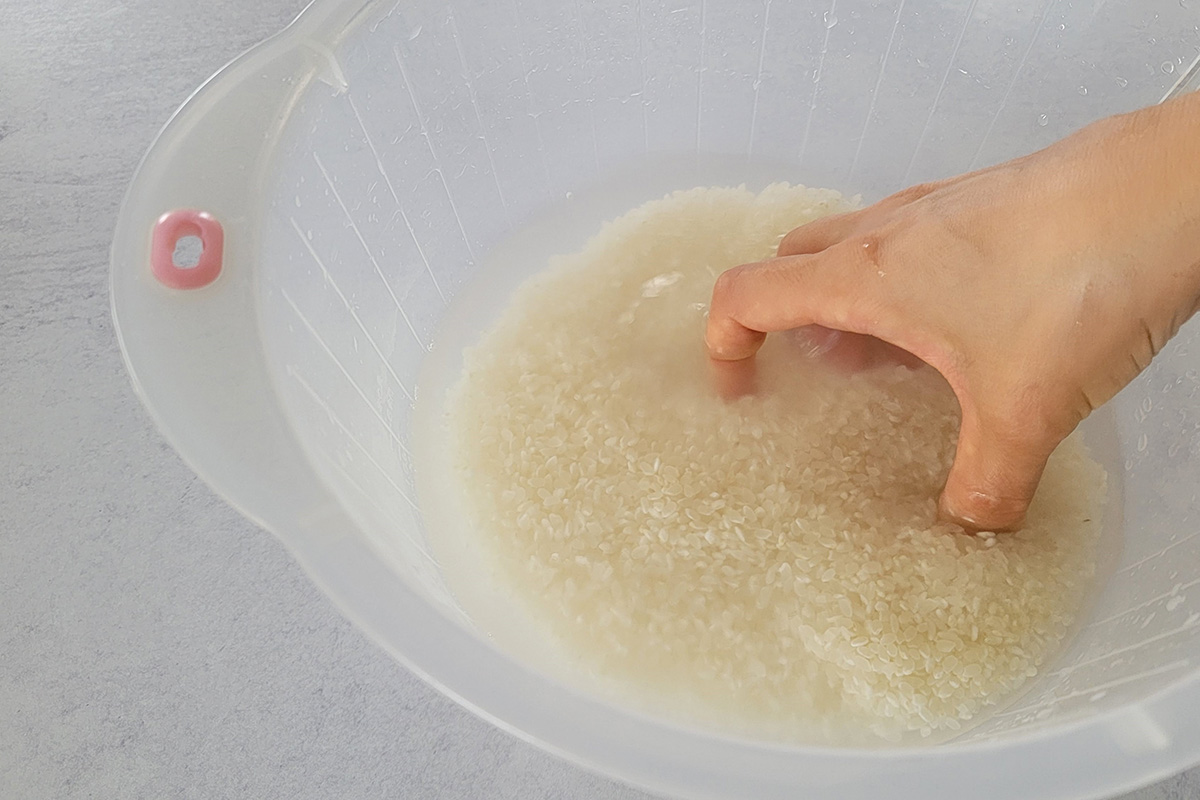
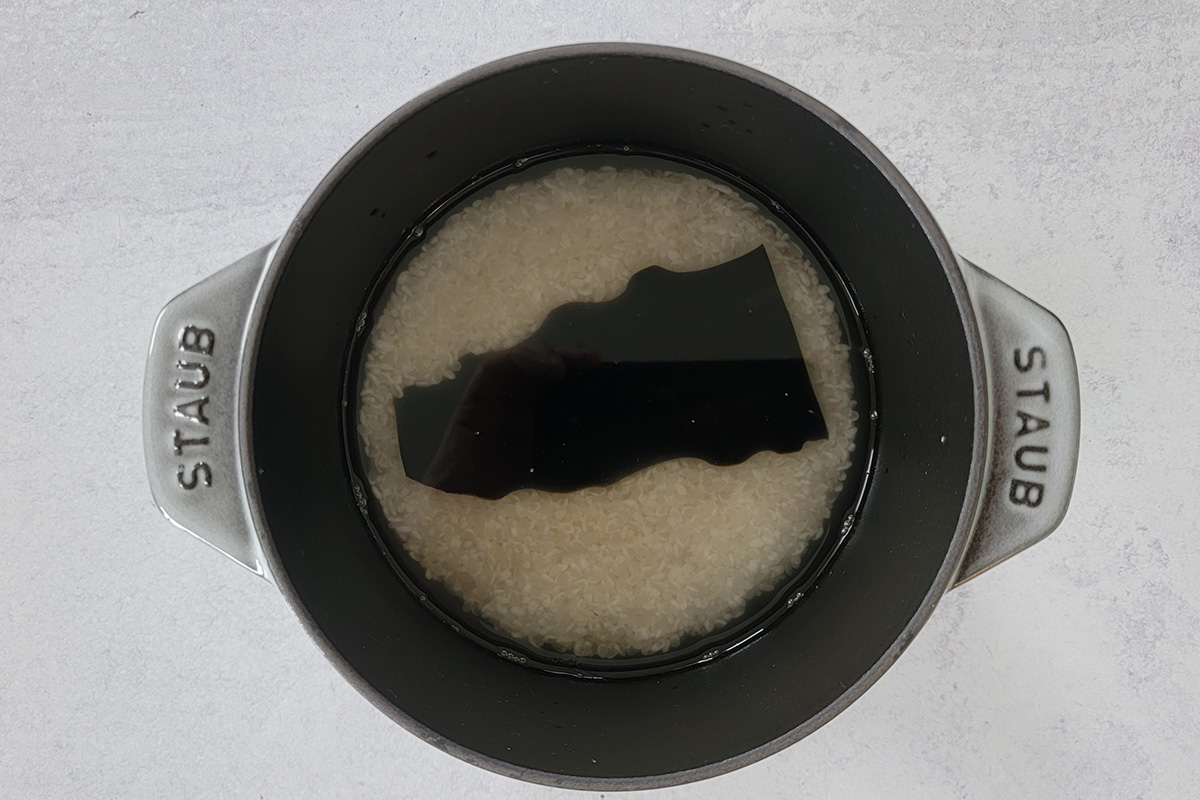
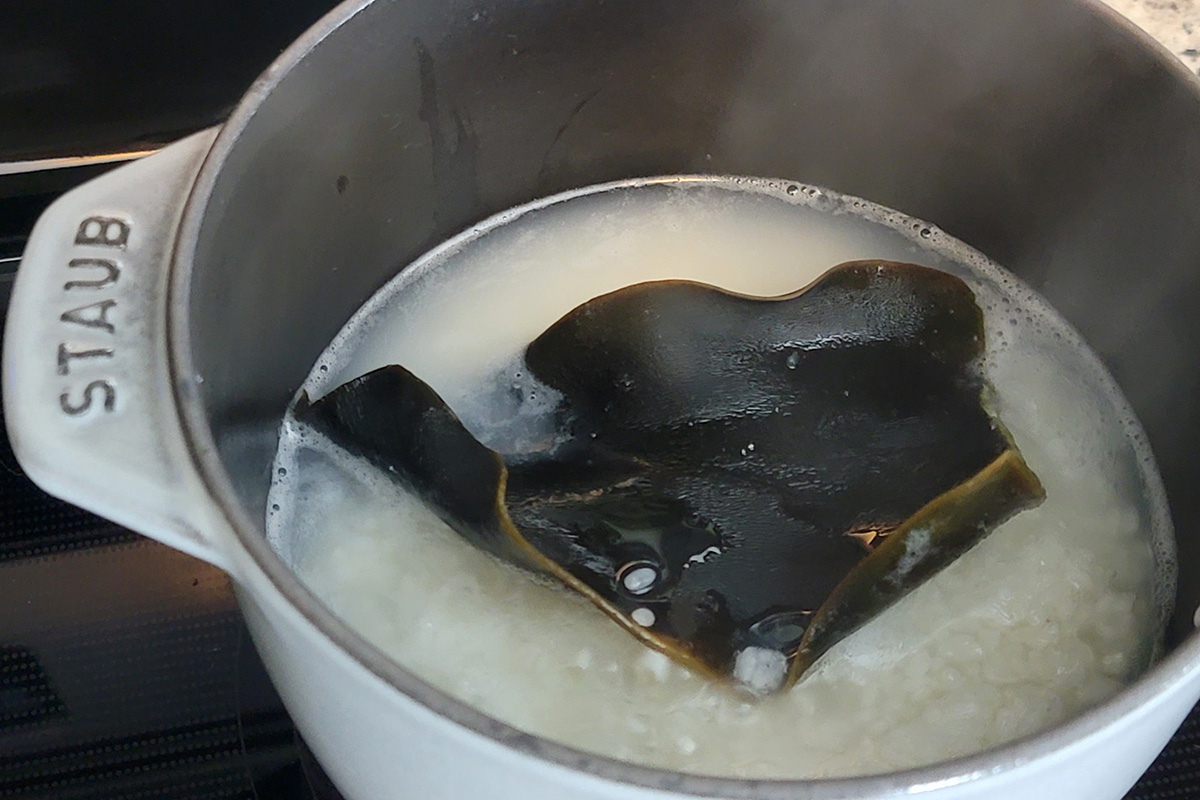
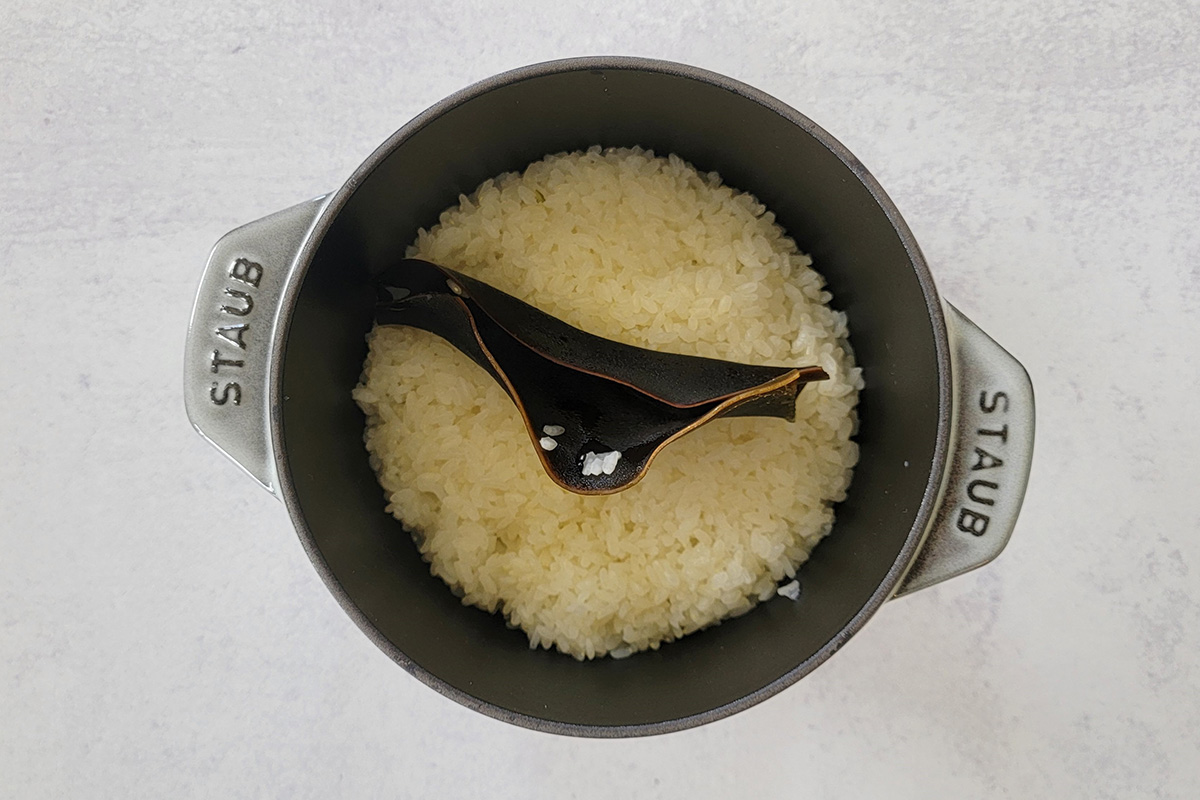
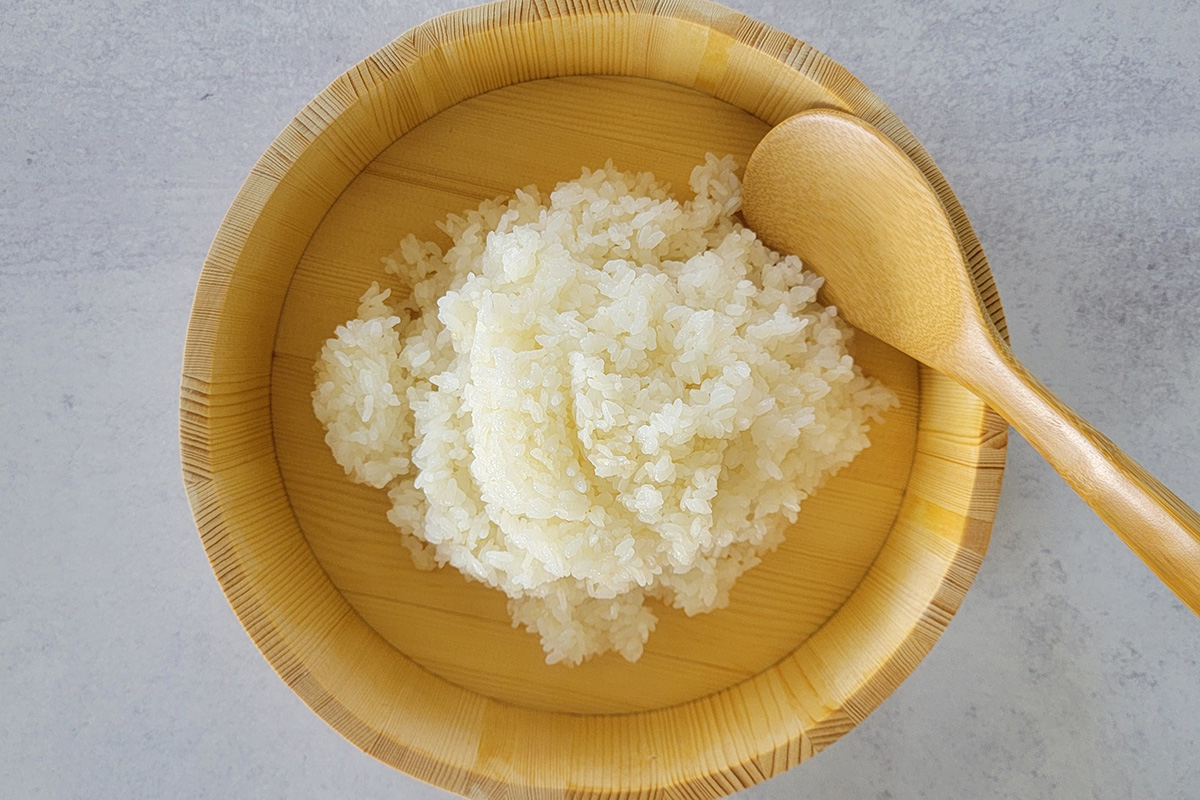
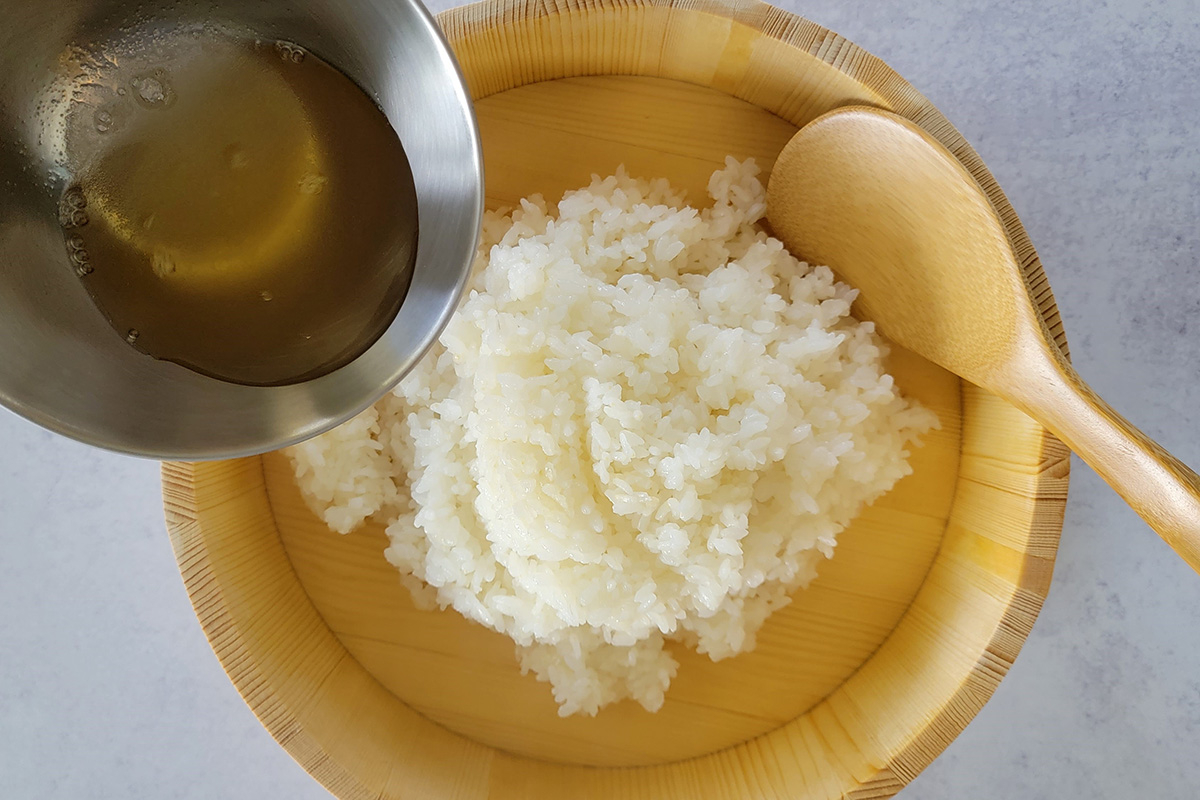
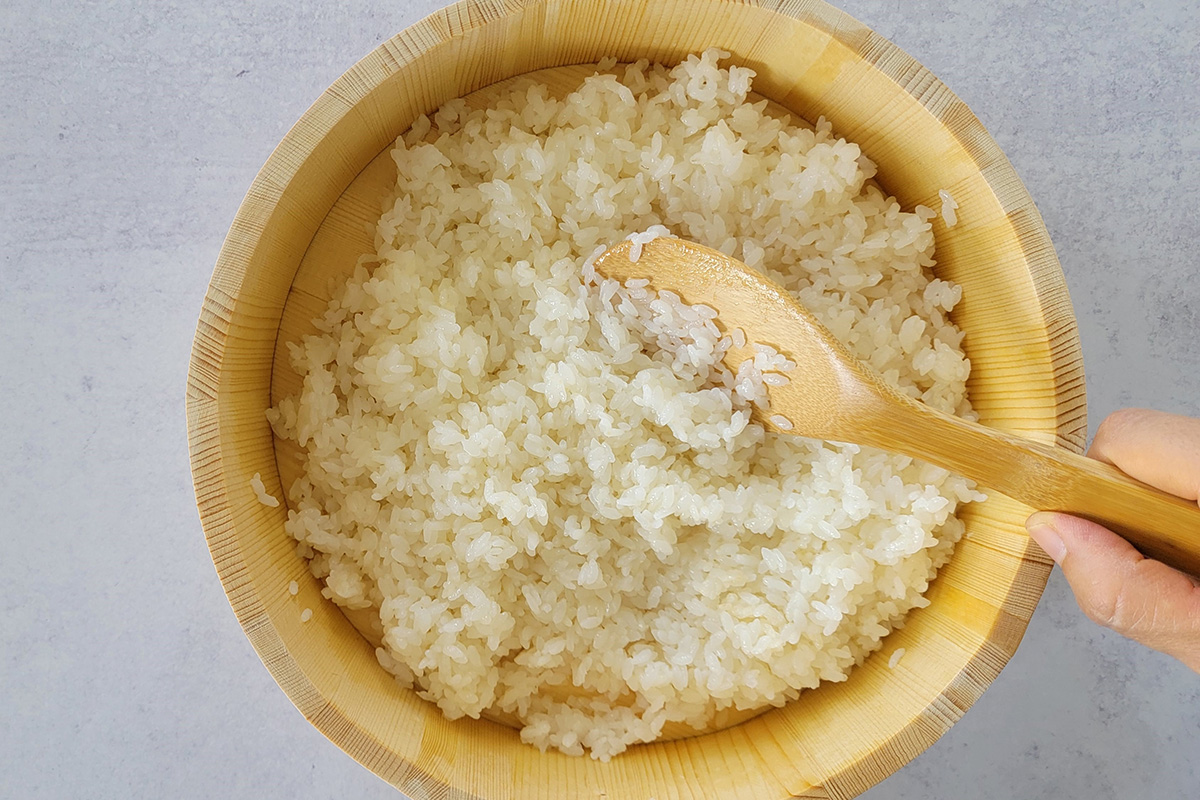
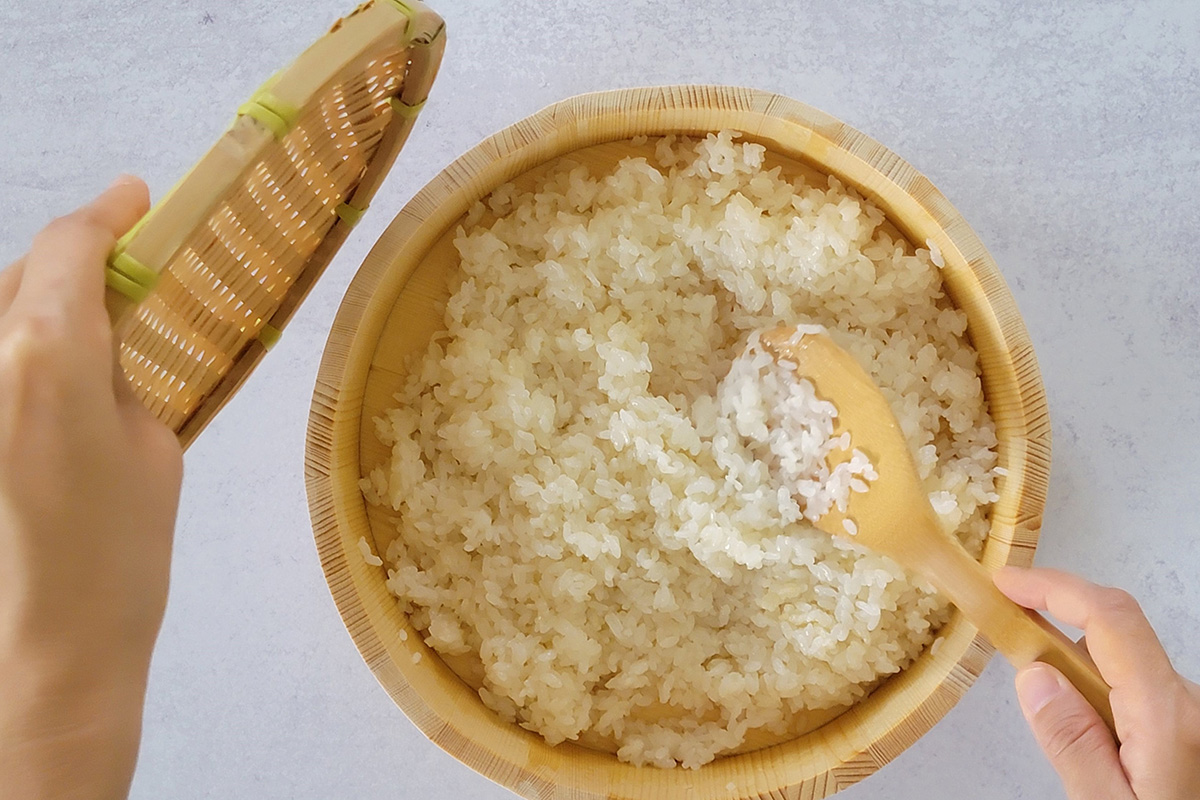
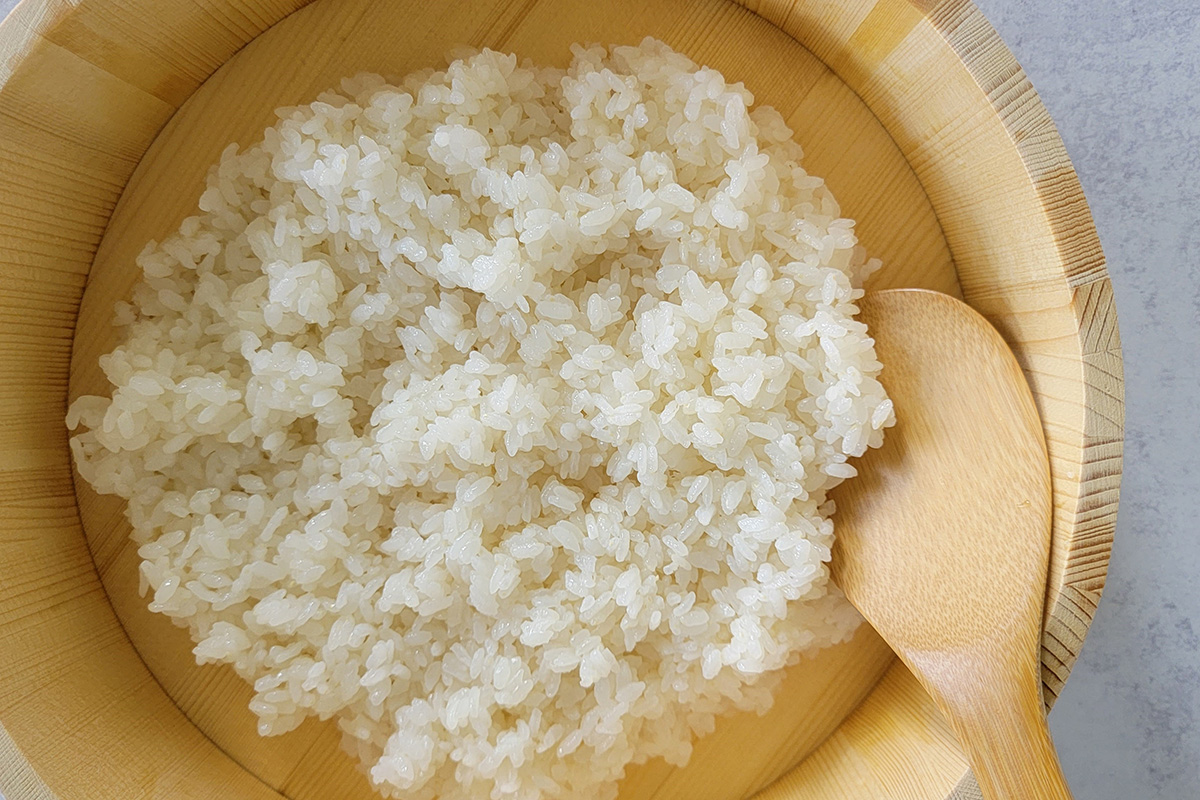
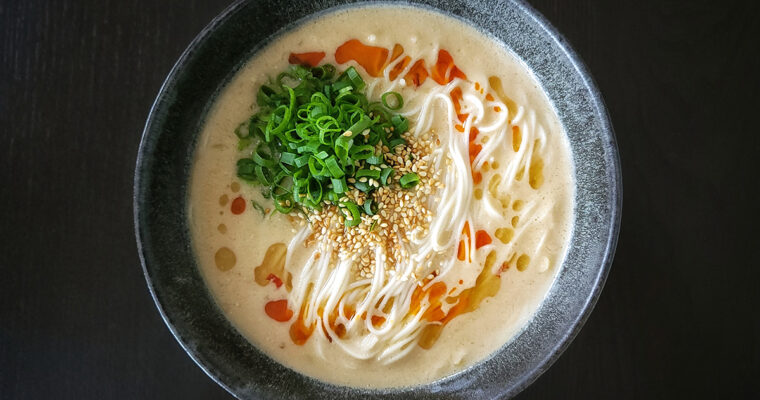
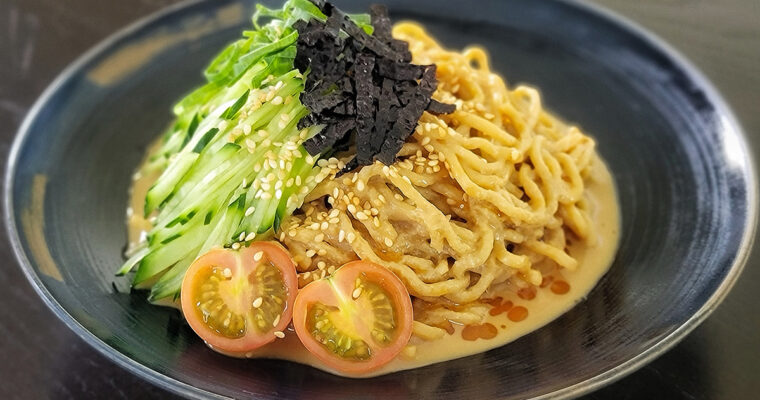



I love this kind of artocle
Thank you, Adam!
What if I have a rice cooker? How should I adjust the recipe to suit a rice cooker, as opposed to a boiling pot of water?
Hi Minnie,
I don’t think any adjustments are necessary for the rice cooker method in terms of the ingredient measurements. I actually make the same sumeshi recipe using my rice cooker very often. My Zojirushi rice cooker conveniently comes with a “sushi rice” setting along with the sushi rice measurements (the inner cooking pan has a line that shows how much water to add for each cup of rice), so I just use those functions.
Not sure how your rice cooker is but if you follow the recipe, the results should be the same whether using a pot on a stovetop or electric rice cooker. However, to get the same result, be sure to use the right kind of rice, Japanese short grain rice to be exact (not “sushi rice”), and to use less water than that you typically use (the volume ratio should be 1:1.) i.e. my recipe is 1 1/2 cup rice (300 g/360 cc) to 1 1/2 cup water (360 ml.) The rice for sumeshi should be cooked firmer as you add sushizu (seasoned rice vinegar) later. Please note that using different kind of rice may require more/less water and the result wouldn’t be the same.
I hope that helps!
Akiko
What a special recipe! I love learning about new tastes and ingredients
Hi Marlene,
Thank you so much for taking the time to comment! I hope you enjoy the recipe 🙂
Akiko